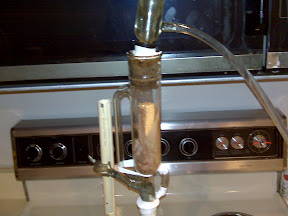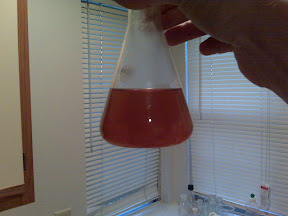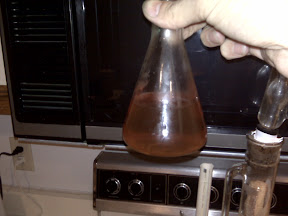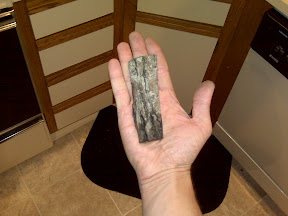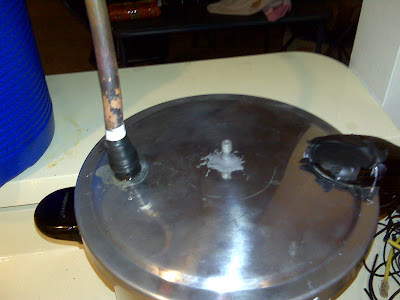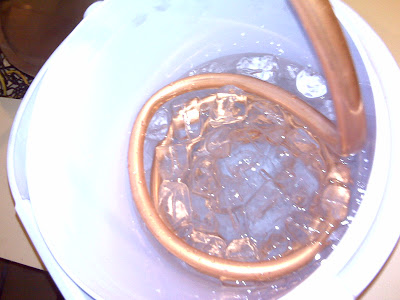For organic extraction you could use acetone, "100%" isopropanol (solvent grade), xylene, or make your own petroleum ether by fractionating motor
fuel. Taking ordinary petrol and distilling it using a water bath with give you the C5 through C7 alkanes, plus ethanol or MTBE if either is in the
fuel. For your application those don't matter, they will work as solvent too. |

